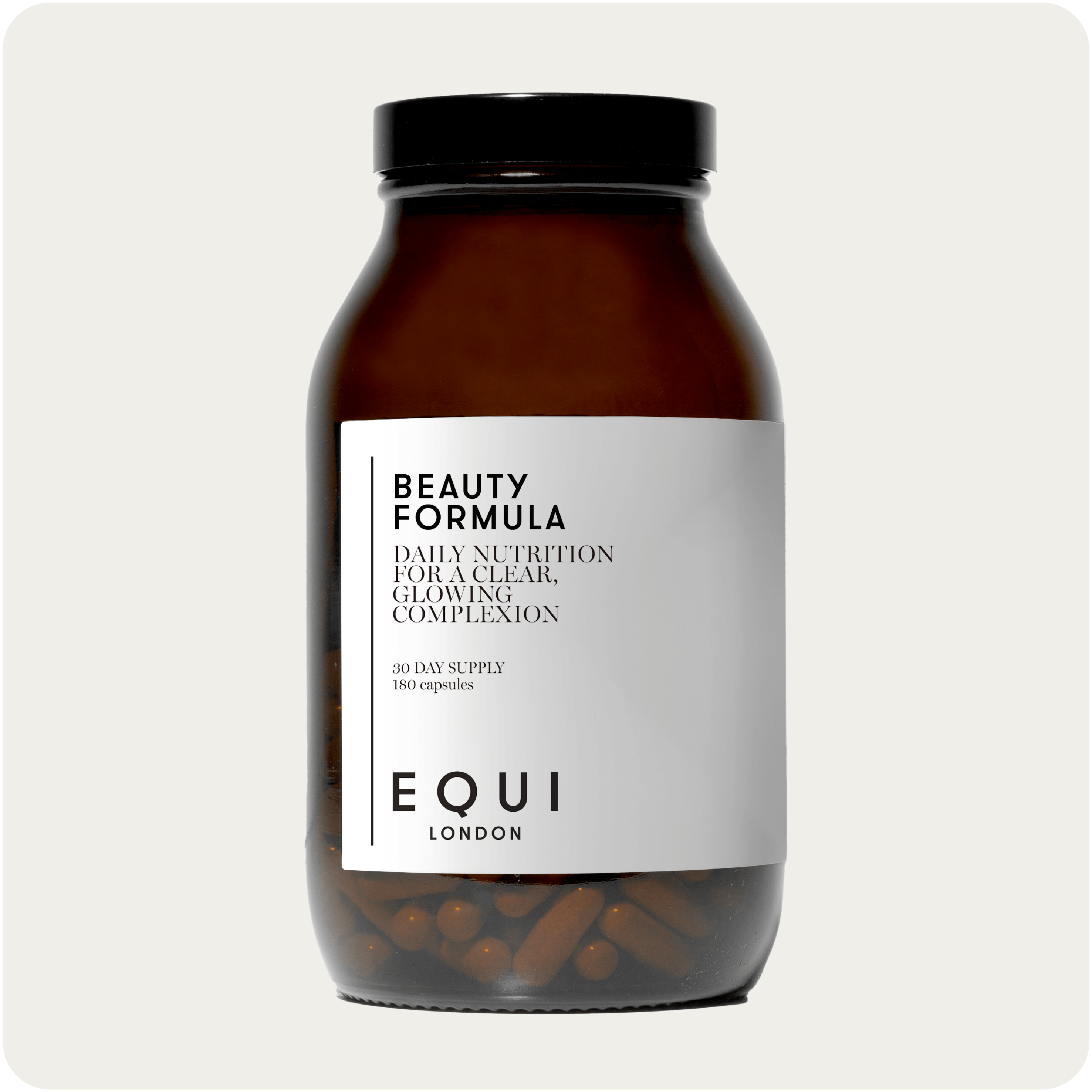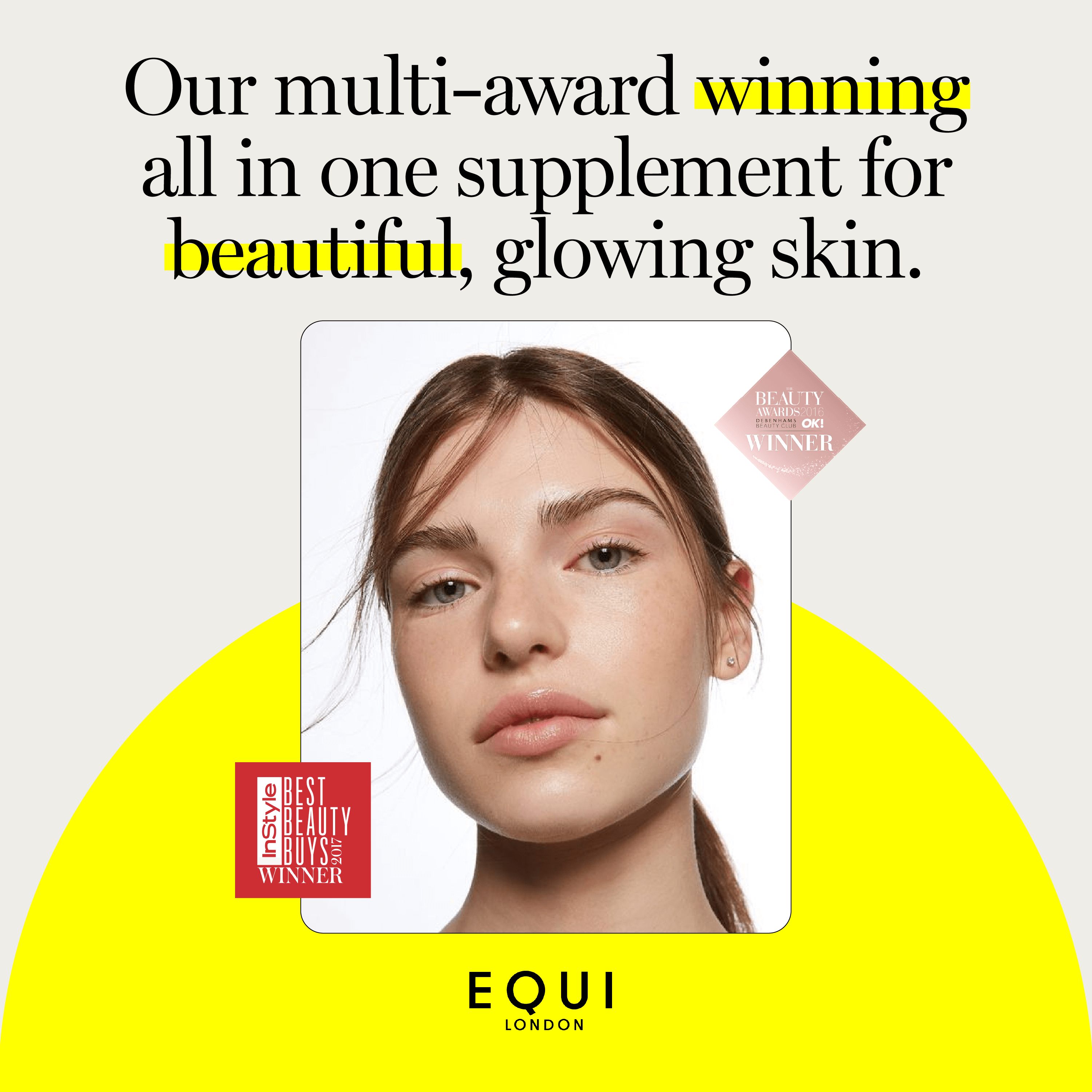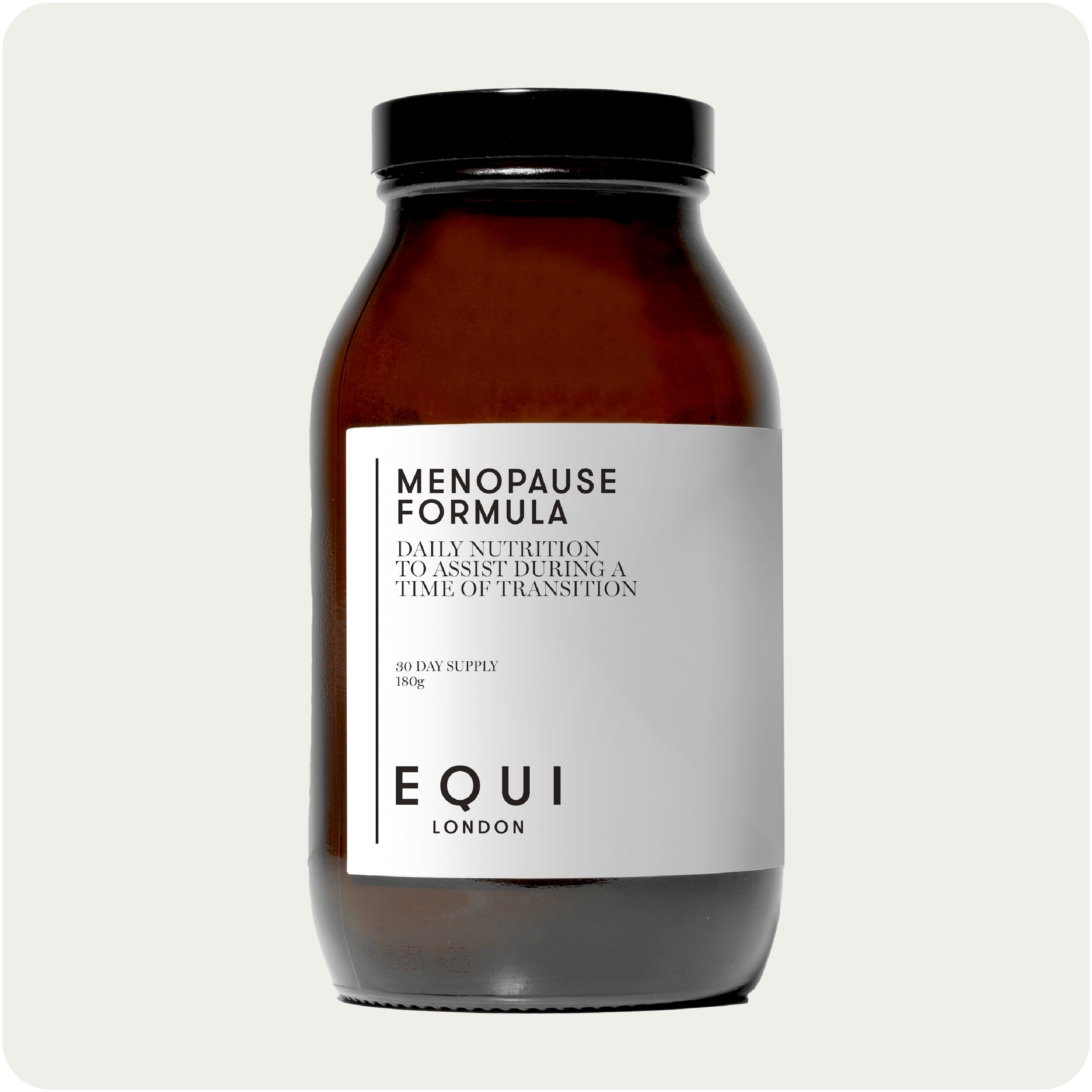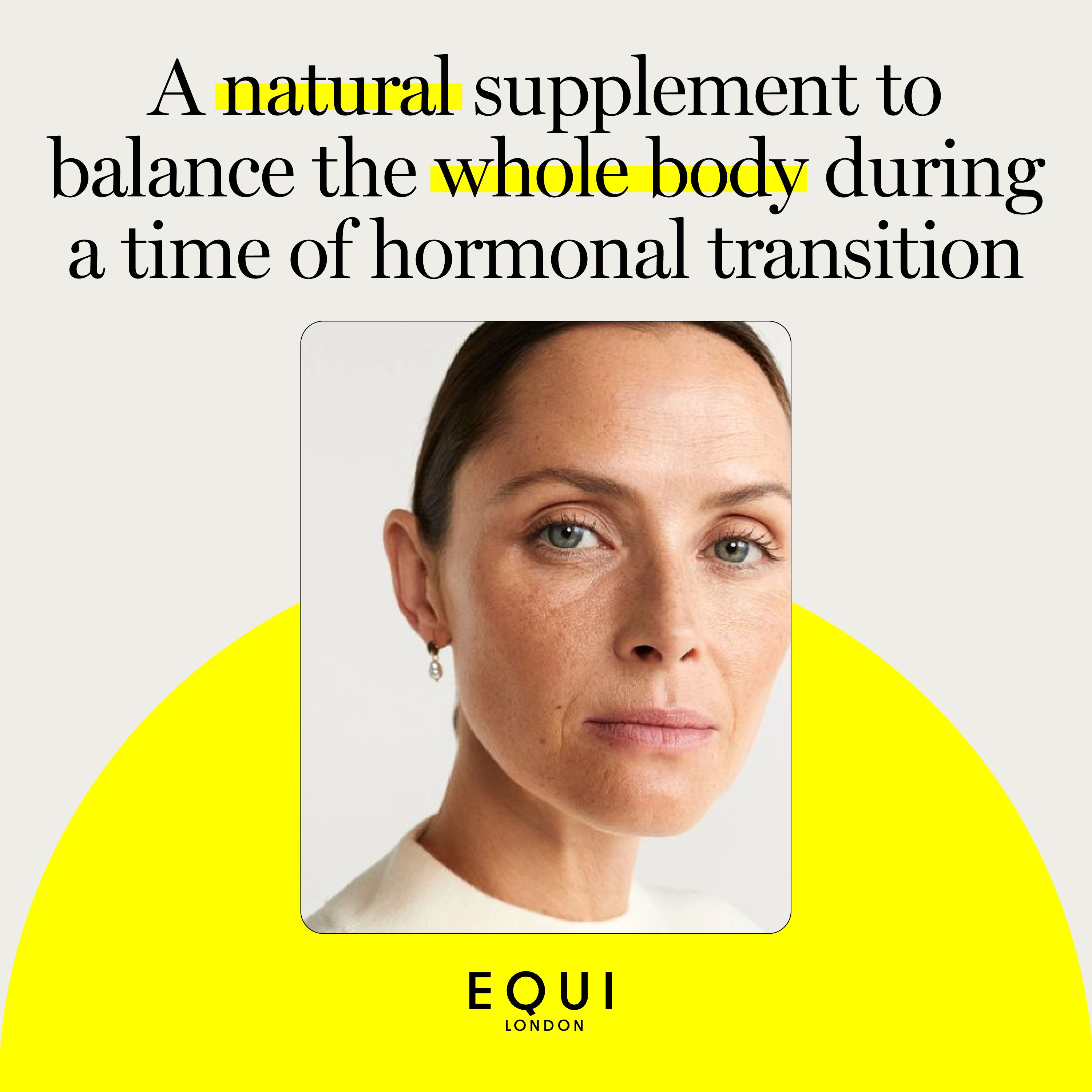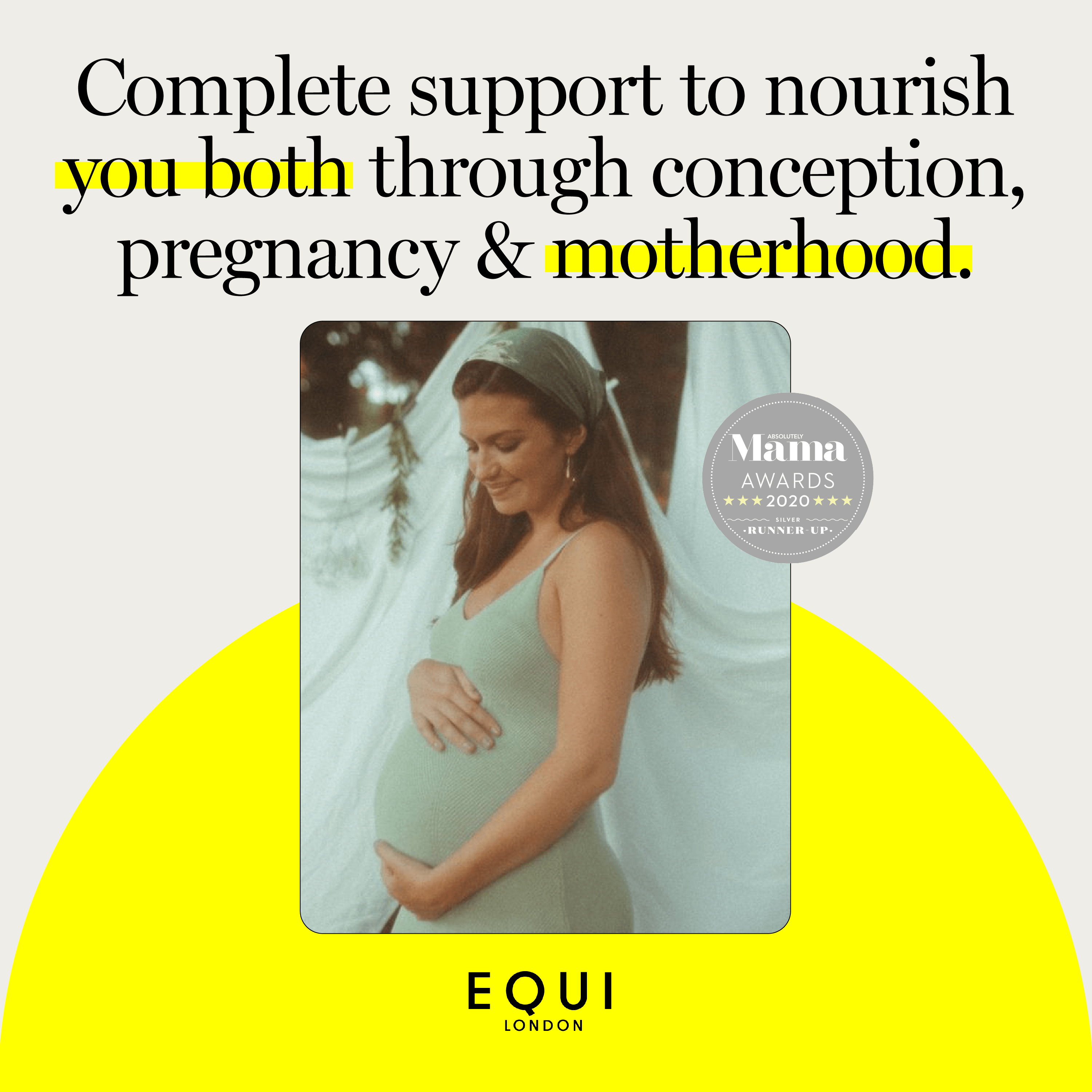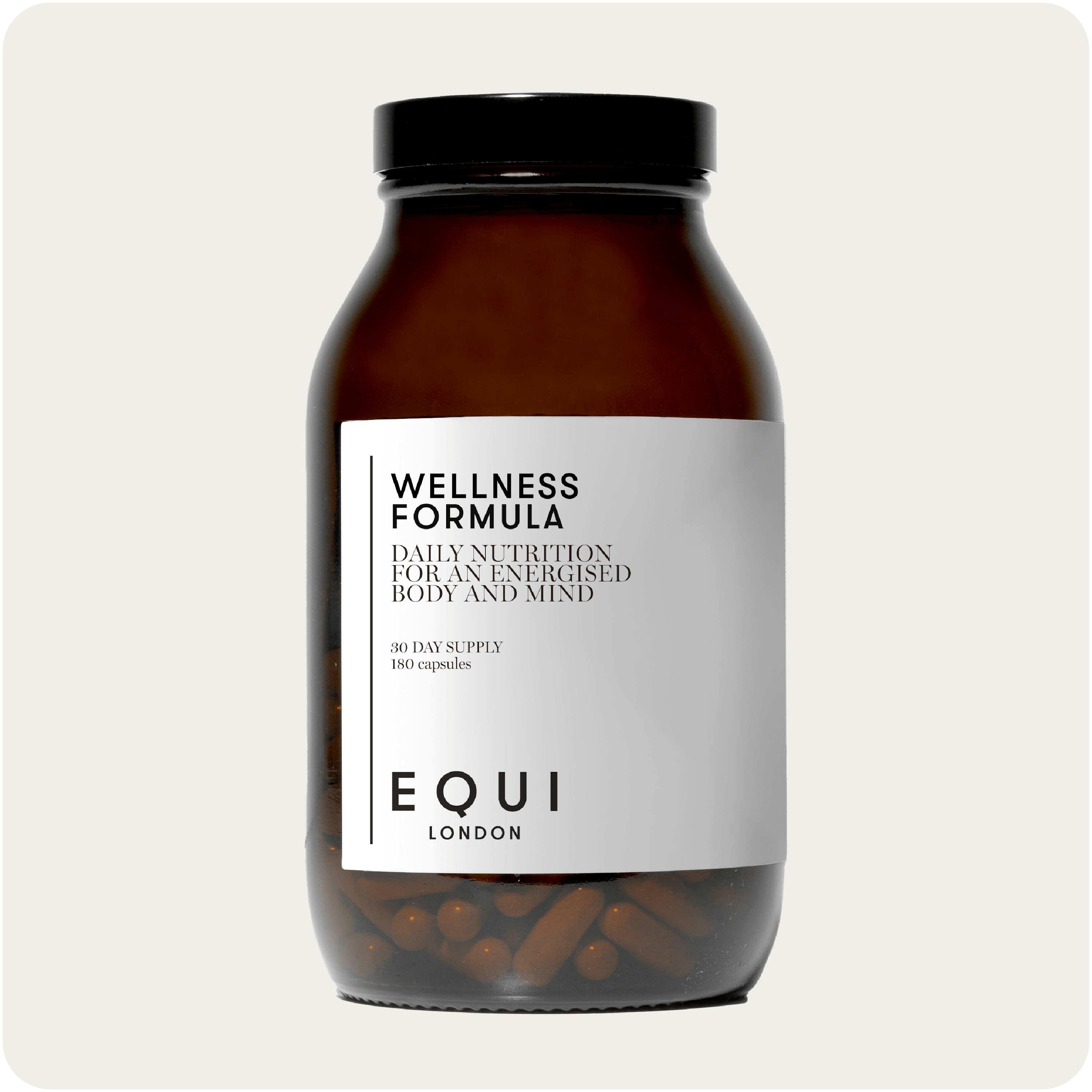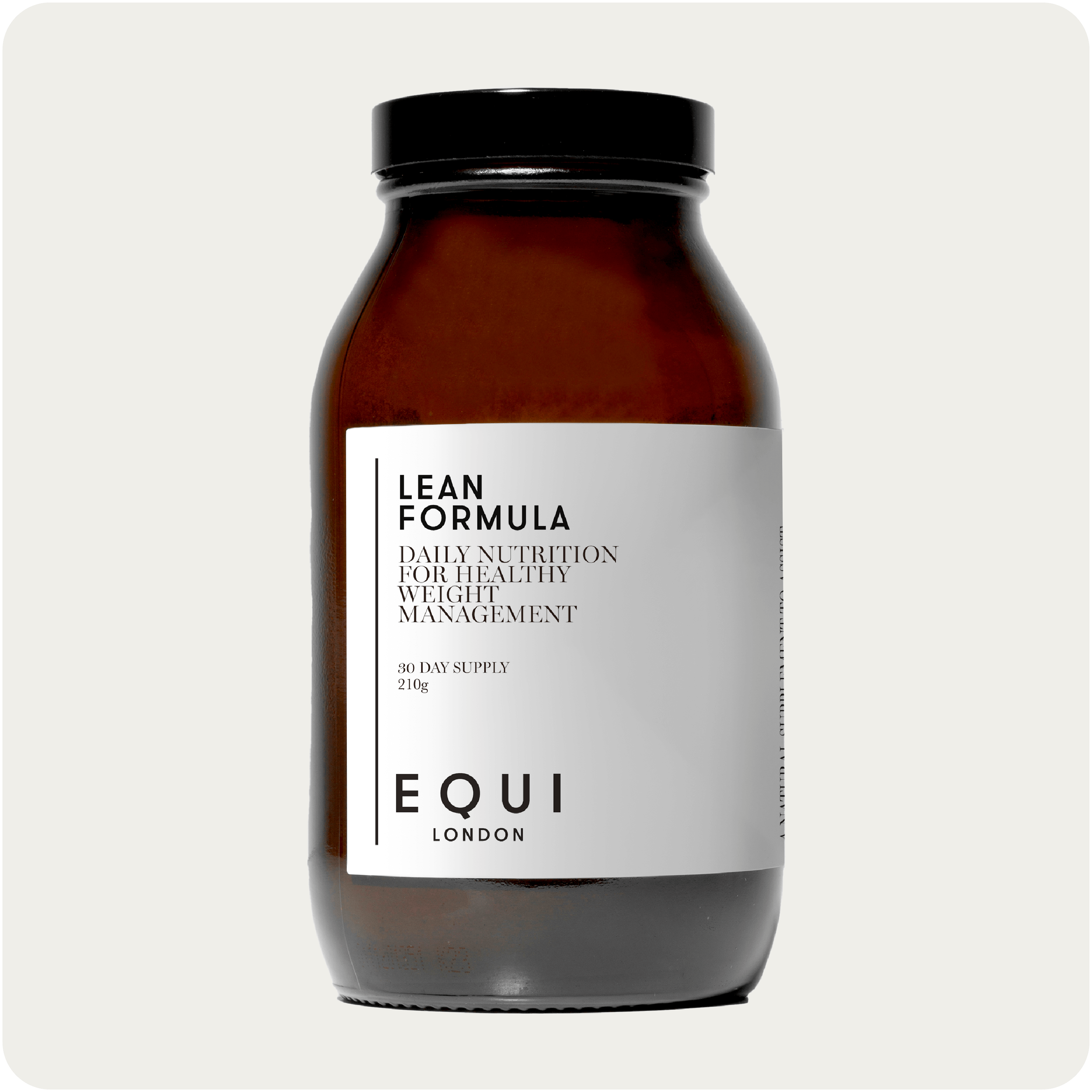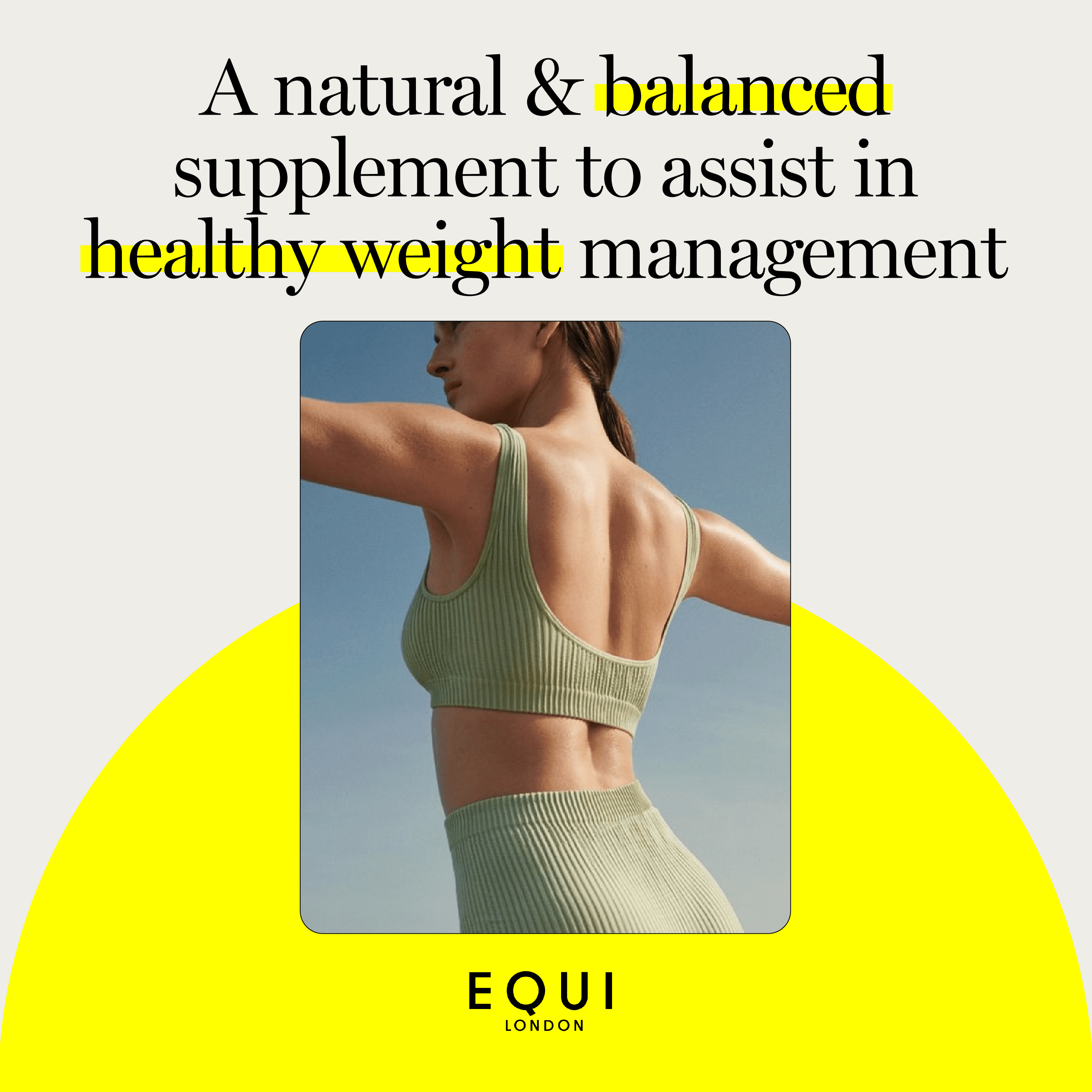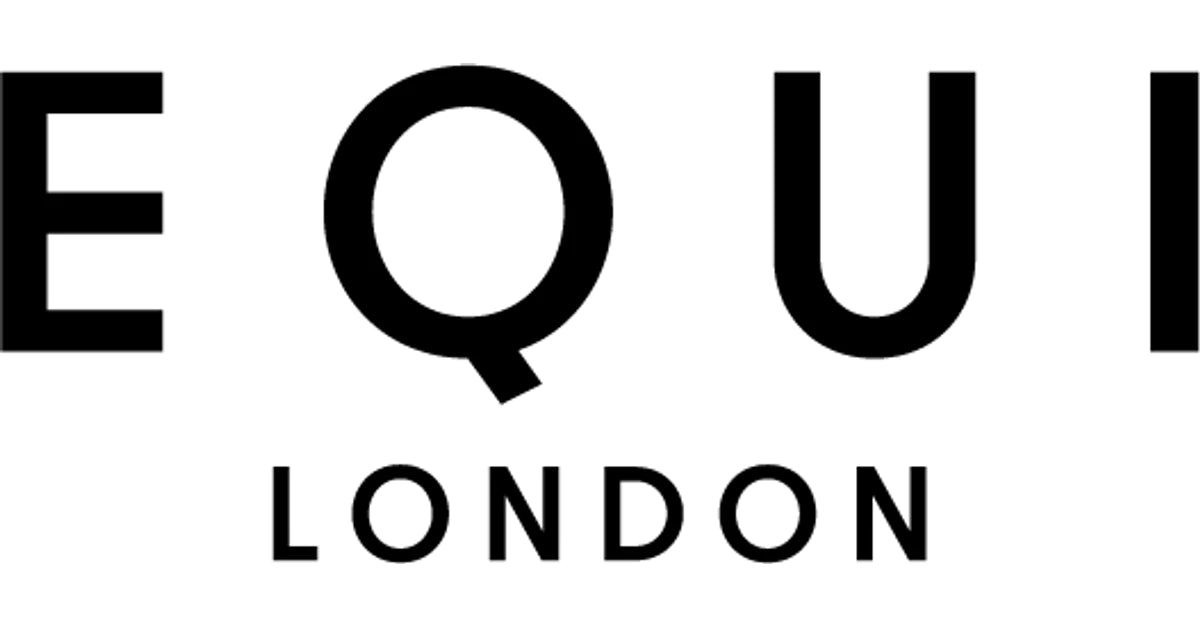
Over the last couple of weeks, we have delved into perimenopause and its associated signs and symptoms so hopefully you will feel a little clearer on what to look out for. This week, we are investigating another but often confusing topic - phytoestrogens, soy, and HRT. We've all been through those 'Google rabbit hole,' haven't we? One minute we're searching for a new plant-based recipe, and the next we're knee-deep in articles about phytoestrogens, soy, and Hormone Replacement Therapy (HRT). And let's face it, it can feel like trying to learn a whole new language! But don't worry, we've got you covered.
Welcome to your handy guide to everything hormonal, designed to help you navigate this tricky territory with finesse. We're going to decode the mysteries surrounding phytoestrogens, soy, and HRT, and break it down into digestible, easy-to-understand insights. Consider this your roadmap to understanding phytoestrogens, the pros and cons of soy, the intricacies of HRT, and how they can all come together to support you during the perimenopause and beyond. It's time we seize control of our well-being and empower ourselves with knowledge and choice. No more second-guessing what is safe to eat! We're going beyond the buzzwords and deep diving into the science, in a language that we all understand and can relate to.
Unravelling the Mystery of Phytoestrogens: The Good, The Bad, The Balanced
Phytoestrogens, the plant-derived compounds with oestrogen-like activity, have stirred up quite a conversation in the health world. But what are they exactly? As their name suggests, phytoestrogens are naturally occurring substances in plants that have a similar structure to the hormone oestrogen, which is why they can mildly mimic or modulate its function in the body (1). Research suggests that they may also play a role in reducing menopausal symptoms, protecting bone health, and reducing the risk of heart disease and certain types of cancer (2). These compounds are abundant in various foods, including soybeans, tofu, tempeh, flaxseeds, lentils, and even some fruits and vegetables. They're also present in certain herbs, such as red clover and black cohosh (3).Menopause Formula includes Sage extract & Flaxseed Extract to support the regulation of hormonal activity and help combat common menopausal symptoms such as hot flushes. This expertly formulated supplement blends premium, bio-available nutrients specifically selected to boost the female body at a time when it is most in need of balance. Commonly experienced peri-men/menopausal symptoms include hormonal fluctuations, depleted energy, hot flushes, low mood, a foggy head, poor sleep, sagging skin, weight gain, dryness, and a low libido: Menopause Formula provides soothing support to help women overcome these fluctuations whilst also aiding skin rejuvenation, bone density, joint health, and the cardiovascular system.
How do phytoestrogens work exactly?
Now for the science! When oestrogen levels decrease, as they do in perimenopause and menopause, phytoestrogens can weakly bind to oestrogen receptors thereby mildly compensating for the reduced oestrogen activity (4). This might explain why consuming foods rich in phytoestrogens, like soy, can alleviate menopausal symptoms including hot flashes (5). Not only this, but if oestrogen levels are normal or elevated, phytoestrogens can compete with the oestrogen present for receptor binding, potentially blocking some of its activity. To break this down a bit, this means that phytoestrogens don’t always increase oestrogen levels in the body. They actually help to modulate levels in the body, whether they are low or high, which is why they can help reduce or manage perimenopausal symptoms in both cases. It's this dual action - the ability to both mimic and block oestrogen in different circumstances - that makes the effects of phytoestrogens so incredible!However, due to their oestrogenic activity, concerns have been raised about their potential impact on hormonal balance, particularly for women with hormone-sensitive conditions or those undergoing hormonal treatments like HRT (6). Some studies also suggest that a high intake of phytoestrogens could have adverse effects, although this area needs more research (7).
Therefore, like most things in life, moderation is key! To harness the positive impact of phytoestrogens, adding these into your diet in moderation seems to be the best policy. Not only will whole foods such as flaxseed, lentils, soybeans, tofu, and tempeh have a positive impact on fluctuating or declining oestrogen levels, but they are also great for gut health too – nurturing the microbiome and supporting motility and regular bowel movements. We know these things all go hand in hand with hormonal balance so rather than avoiding phytoestrogens, now is the time to start including them in your diet more regularly. For example, aim to consume 1-2 tablespoons of flaxseeds per day and other foods like lentils, soybeans, tofu, or tempeh once or twice per week.
Remember, everyone is unique and responds differently. What works for one person may not work for another. Therefore, it's essential to make dietary decisions in consultation with a healthcare provider or Nutritional Therapist, especially when it comes to foods that can impact hormonal balance.
The Soy Conundrum: Friend or Foe?
Soy is a food that has attracted significant attention for its potential benefits and controversies, particularly concerning its impact on hormonal health. Soybeans and soy-based foods contain isoflavones, a type of phytoestrogen that can mimic oestrogen activity in the body, leading to both excitement and worry around their effects. One pervasive myth is that consuming soy can negatively impact hormonal balance, leading to conditions like breast cancer due to its oestrogenic properties. However, numerous studies, including a comprehensive review, found that dietary isoflavones do not exert oestrogen-like effects in humans and are not associated with an increased risk of breast cancer (8). In fact, regular consumption of soy has been linked to a reduced risk of breast cancer in Asian populations (9). There's also concern about soy and thyroid health, with speculation that soy may disrupt thyroid function. Yet, a study confirmed that neither soy foods nor isoflavones adversely affect thyroid function in healthy people (10).So, what's the verdict on soy?
Research suggests that moderate consumption of soy foods, like tofu, tempeh, and edamame, can be part of a healthy diet. However, like any food, soy should not be consumed in excess, and it's always best to choose whole food sources rather than highly processed soy products. Highly processed soy products are often stripped of many of the beneficial nutrients found in whole soy, including fibre and other phytonutrients, while concentrating the protein and isoflavones. This means they contain a higher concentration of isoflavones compared to unprocessed soy foods. While isoflavones in moderate amounts have been associated with various health benefits, an excessive intake can potentially have oestrogenic effects, although the research is still mixed on this. It's also worth noting that most studies showing the benefits of soy use whole soy foods, not soy isolates. Finally, in their processed form, soy products can sometimes be a source of added sodium, unhealthy fats, and artificial ingredients. So, choose your soy products wisely – go for those that are 100% soy and ideally organic. When it comes to processed products like tofu, choose fermented options such as tempeh or fermented soy.Remember, while scientific studies provide valuable insights, individual nutritional needs can vary, so it's important to listen to your body or consult a healthcare professional or Nutritional Therapist if you have specific health concerns.
Phytoestrogens and Hormone Replacement Therapy (HRT)
Understanding the interaction between phytoestrogens and HRT is pivotal for managing menopause symptoms effectively. Phytoestrogens have a structure similar to human oestrogen and can potentially interact with HRT. Whilst HRT involves replacing the naturally declining hormones with synthetic ones, phytoestrogens can mildly mimic or modulate the body's oestrogen. There is ongoing research on the topic too. For example, some studies suggest that phytoestrogens can have a weak oestrogenic effect and might interfere with HRT. Other research points out that phytoestrogens might work in synergy with HRT, possibly enhancing its beneficial effects or reducing its risks. However, what we do know is that the potential interaction is not necessarily detrimental, which is good news for those of us that consume these on the regular! Interestingly, HRT and phytoestrogens can both help to alleviate menopausal symptoms. Studies also show us that consuming a diet high in phytoestrogens does not interfere with the effectiveness of HRT for relieving menopausal symptoms (11).Importantly, the effect of phytoestrogens can also depend on your individual physiological makeup too, including the diversity of gut microbiota, which can impact the metabolism and bioavailability of phytoestrogens. Moreover, the influence of factors like genetic makeup, lifestyle, diet, and overall health also come into play. Given the complexity of these factors, women considering using phytoestrogens alongside HRT should consult with their healthcare provider or a Nutritional Therapist specialising in perimenopause and menopause. A balanced approach would consider the your individual symptoms, overall health, family history, lifestyle, and personal preferences. It's worth emphasising that the approach to menopause management should be personalised, taking into account your unique needs and health. It's also important to remember that while HRT and phytoestrogens can help manage menopausal symptoms, they are not substitutes for a healthy lifestyle. Don’t overlook the fact that regular physical activity, a balanced diet, adequate sleep, and stress management are crucial elements of perimenopause and menopause management too!
Understanding Hormone Replacement Therapy (HRT)
HRT replaces hormones that are at a lower level as you approach menopause, helping to balance your body's natural processes and to relieve symptoms of menopause. The primary hormones involved are oestrogen and progesterone, but testosterone is sometimes included as well, as these all decline with the onset of menopause. The benefits of HRT are plentiful. It can effectively relieve many of the common symptoms of menopause, including hot flashes, night sweats, mood swings, vaginal dryness, and discomfort during sex – for more info on all the symptoms of perimenopause read our recent blog HERE. Additionally, HRT has been shown to reduce the risk of osteoporosis and potentially cardiovascular disease when started within ten years of menopause (12). However, like any treatment, HRT also carries some risks. In some cases, it can increase the likelihood of developing certain conditions such as blood clots, stroke, and some types of cancer (13, 14). It's important to note that these risks depend on individual factors like age, overall health, and the type and duration of HRT. As a result, the decision to use HRT should be made on a case-by-case basis, taking into account your overall health, quality of life, and personal preferences. For women who can't or don't want to take HRT, there are alternatives available too. Non-hormonal prescription medications, lifestyle changes, complementary therapies, and non-prescription remedies are all potential options. Plant-based phytoestrogens found in soy and flaxseeds, for instance, have been shown to alleviate some menopausal symptoms so including some of the foods can be helpful (15). Additionally, maintaining a healthy lifestyle with regular exercise, a balanced diet, and sufficient sleep can contribute to overall wellbeing during menopause.
Hormone Replacement Therapy (HRT) has evolved significantly, with several forms tailored to individual needs. Here are the primary forms available now:
- Tablets - HRT tablets are taken orally once a day and are the most used forms. They may contain either oestrogen alone (for women who have had a hysterectomy) or a combination of oestrogen and progestogen.
- Patches - HRT patches are applied directly to the skin, allowing hormones to be absorbed through the skin into the bloodstream. Patches can be especially beneficial for women who experience side effects from oral HRT.
- Gels - Oestrogen and progesterone gels are another option that's applied directly to the skin. It allows for flexibility in dosing and is often well-tolerated.
- Vaginal Oestrogens - To alleviate localised symptoms of menopause like vaginal dryness or discomfort during sex, oestrogen can be applied directly to the vagina as a cream, tablet, or ring.
- Implants - Small pellets are inserted under the skin, usually in the abdomen or buttocks, slowly releasing oestrogen over several months. This method isn't as widely used as others.
- Bioidentical Hormones - Custom-compounded bioidentical hormones are claimed to be a natural alternative and identical to the hormones the body produces. However, more research is needed around their use.
While the form of HRT is one consideration, the types of hormones used are another. There are different types of oestrogen (like oestradiol, estrone, and estriol) and various progestogens, including natural progesterone and synthetic progestins.
HRT can be a valuable tool for managing menopause symptoms. However, it's essential to consider both its benefits and risks. The 'best' HRT is individual and depends on your specific symptoms, health history, and personal preferences. Always consult your GP or a healthcare professional when deciding the best course of treatment for you.
Celebrity Narratives and Their Influence on HRT Perception
Celebrity experiences and public advocacy play a crucial role in shaping public perceptions around HRT. Davina McCall, TV presenter and fitness advocate, has been open about her journey with perimenopause and the benefits she’s experienced from HRT, challenging the taboo often associated with this natural phase of a woman’s life. McCall’s documentary "Davina McCall: Sex, Myths and The Menopause" aired in 2021, has been instrumental in sparking conversations about menopause and HRT since. Davina aimed to debunk common myths and educate women about their options, ensuring they could make informed decisions about their health. This prompted a significant surge in discussions about menopause and HRT in public and online spaces.
Public figures like Davina can have a substantial impact due to their reach and influence. When celebrities share personal stories, it makes these experiences more relatable and less isolating, encouraging others to seek help. It also normalises the dialogue around topics that have traditionally been considered private or stigmatised, such as menopause, something we are equally as passionate about. However, it's essential to balance the influence of celebrity advocacy with medical expertise. While McCall's experiences with HRT have been positive, it's not a one-size-fits-all solution. Different people may have different reactions to HRT, and there are several factors to consider, including personal medical history and lifestyle. Celebrities can certainly raise awareness and inspire dialogue, but their experiences should not replace personalised medical advice.
The Individuality of HRT
While HRT has been a game changer for many women, easing the often uncomfortable symptoms associated with perimenopause and menopause, it's important to remember that, like with any medical intervention, it isn't for everyone. Firstly, it should be noted that it isn't without its risks. Studies have found links between HRT and an increased risk of breast cancer, heart disease, and stroke, particularly in certain populations (13,14). These potential risks underscore the importance of individual health profiles in decision-making. Factors like age, family medical history, personal medical history including history of hormone-dependent cancers, cardiovascular diseases, liver diseases, and blood clots, all play crucial roles in determining the suitability of HRT (16). Moreover, the intensity and type of menopausal symptoms vary greatly among women and should be taken into consideration. For example, some may experience severe hot flashes, while others might grapple with vaginal dryness or mood swings. Personal preferences also come into play when considering HRT. For instance, some women might prefer to use non-hormonal treatments, explore lifestyle modifications, or use complementary therapies instead. Therefore, while HRT has provided relief for many women, the decision to use it should be made in consultation with a GP or healthcare provider. Tailoring treatments to individual health profiles, symptoms, and personal preferences is key to navigating this phase of life in a way that prioritises both physical health and personal wellbeing.
References
- Messina, M. (2016). Soy and Health Update: Evaluation of the Clinical and Epidemiologic Literature. Nutrients, 8(12), p. 754.
- Patisaul, H. B., & Jefferson, W. (2010). The pros and cons of phytoestrogens. Frontiers in neuroendocrinology, 31(4), pp. 400-419.
- Franco, O. H., et al. (2006). Use of plant-based therapies and menopausal symptoms: a systematic review and meta-analysis. Jama, 315(23), pp. 2554-2563.
- Bhupathy P, Haines CD, Leinwand LA. (2010). Influence of sex hormones and phytoestrogens on heart disease in men and women. Women’s Health (Lond). 6(1), pp. 77-95.
- Taku K, Melby MK, Kronenberg F, Kurzer MS, Messina M. (2012). Extracted or synthesized soybean isoflavones reduce menopausal hot flash frequency and severity: systematic review and meta-analysis of randomized controlled trials. Menopause. 19(7), pp. 776-90.
- Sathyapalan, T., et al. (2017). Soy isoflavones improve cardiovascular disease risk markers in women during the early menopause. Nutrition, Metabolism and Cardiovascular Diseases, 27(7), pp. 594-600.
- Messina, M. (2016). Soy and Health Update: Evaluation of the Clinical and Epidemiologic Literature. Nutrients, 8(12), p. 754.
- Messina, M. (2016). Soy and Health Update: Evaluation of the Clinical and Epidemiologic Literature. Nutrients, 8(12), p.754.
- Zhang, G. Q., Chen, J. L., Liu, Q., Zhang, Y., Zeng, H., & Zhao, Y. (2015). Soy Intake Is Associated With Lower Endometrial Cancer Risk: A Systematic Review and Meta-Analysis of Observational Studies. Medicine, 94(50), p. 2281.
- Otun, J., Sahebkar, A., Östlundh, L., Atkin, S. L., & Macdonald, I. A. (2019). Systematic Review and Meta-analysis on the Effect of Soy on Thyroid Function. Scientific Reports, 9, p. 3964.
- Bedell, S., Nachtigall, M., & Naftolin, F. (2014). The pros and cons of plant oestrogens for menopause. The Journal of Steroid Biochemistry and Molecular Biology, 139, pp. 225-236.
- Hodis HN, Mack WJ. Menopausal Hormone Replacement Therapy and Reduction of All-Cause Mortality and Cardiovascular Disease: It Is About Time and Timing. Cancer J. 2022 May-Jun 01;28(3):208-223.
- Use of hormone replacement therapy and risk of breast cancer: nested case-control studies using the QResearch and CPRD databases
- (2015) Efficacy of phytoestrogens for menopausal symptoms: a meta-analysis and systematic review, Climacteric, 18:2, 260-269,
- The NICE guideline (2015). Menopause: diagnosis and management. National Institute for Health and Care Excellence.
